Every new Moog release is a big deal, but the Mavis might just be the best value Moog synth ever produced. Greg Scarth finds out why it’s special.
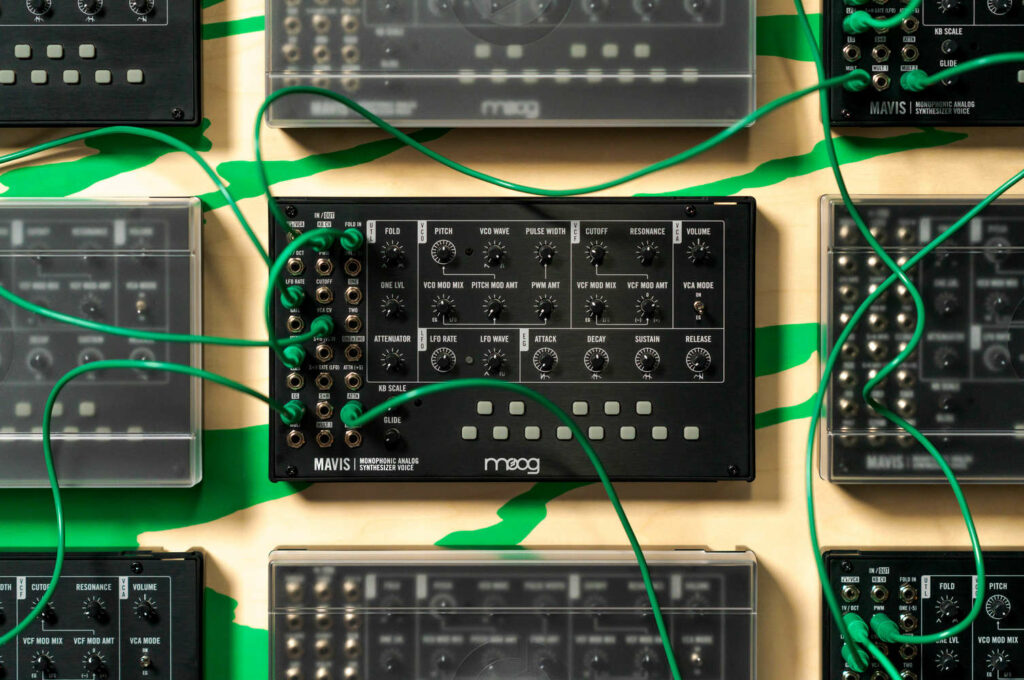
A new Moog synth has always been a big deal. From pioneering the modern synth as we know it, various incarnations of Bob Moog’s original brand have helped shape countless genres and define what we expect from electronic instruments. In recent years, Moog have re-embraced their modular roots with patchable synths like the Mother-32 and Subharmonicon, instruments which work well either on their own, connected together, or as part of a bigger Eurorack modular setup. The new Moog Mavis is a more affordable standalone synth which arrives in kit form, ready to be assembled. It effectively becomes the entry-level Moog synth, offering the iconic fully-analogue Moog sound at an affordable price.
The Mavis bears a few obvious similarities to the Werkstatt-01, which was another self-assembly synth first produced in 2014 and then given a general release in 2020. The Werkstatt has now been discontinued, but the Mavis takes a similar approach, arriving in kit form – printed circuit board, front panel, case and various smaller components – ready for you put together at home. Assembly is straightforward, taking about half an hour, most of which is spent winding on the nuts to secure the sockets of the patch bay. The kit includes basic tools and a few spare parts in case you lose one of the smaller components during the build process; all you’ll need to provide is a small Phillips screwdriver.
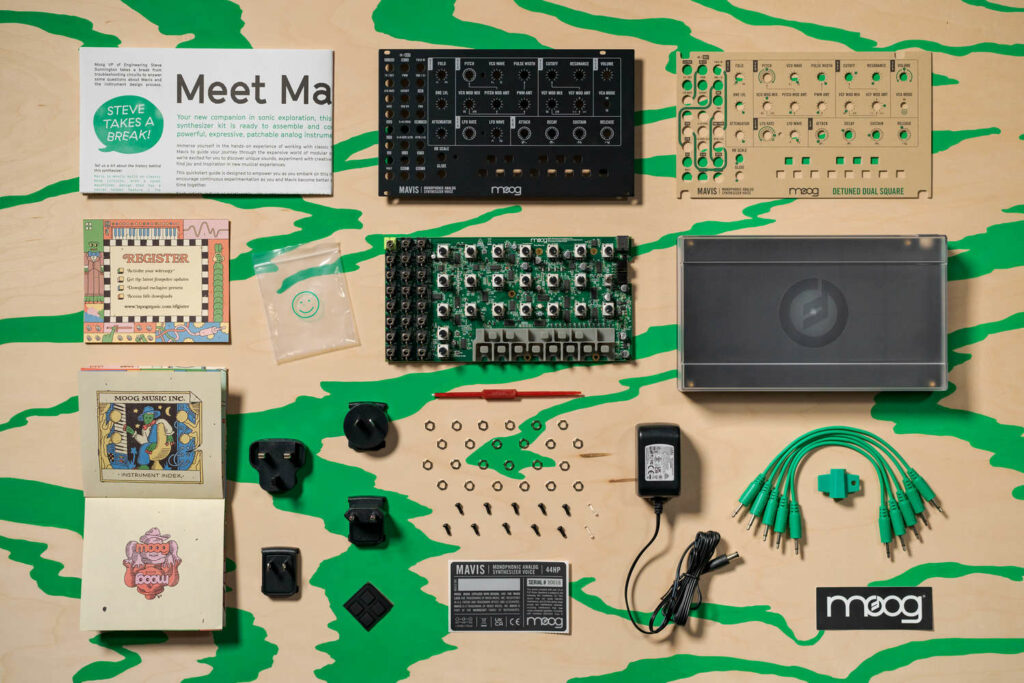
Once assembled, the Mavis is quite a bare bones synth in terms of its main features, but it’s packing a lot of power. With just one oscillator, an LFO, envelope generator and low-pass filter, the closest thing in Moog’s back catalogue might be the Micromoog, released in 1975 (for reference, a vintage Micromoog will now set you back around £1,000). A few things set the Mavis apart from classic Moog synths. For a start, the Mavis leans heavily into the patchable semi-modular approach. You don’t need to plug anything into the 23 audio and CV/gate patch points in order to make music with the Mavis, but exploring the possibilities reveals serious hidden depth beyond the standard internal routing. There are five patch cables provided in the box and example patches provided on overlay cards which slip onto the front panel and show where to plug your cables and how to set the knobs.
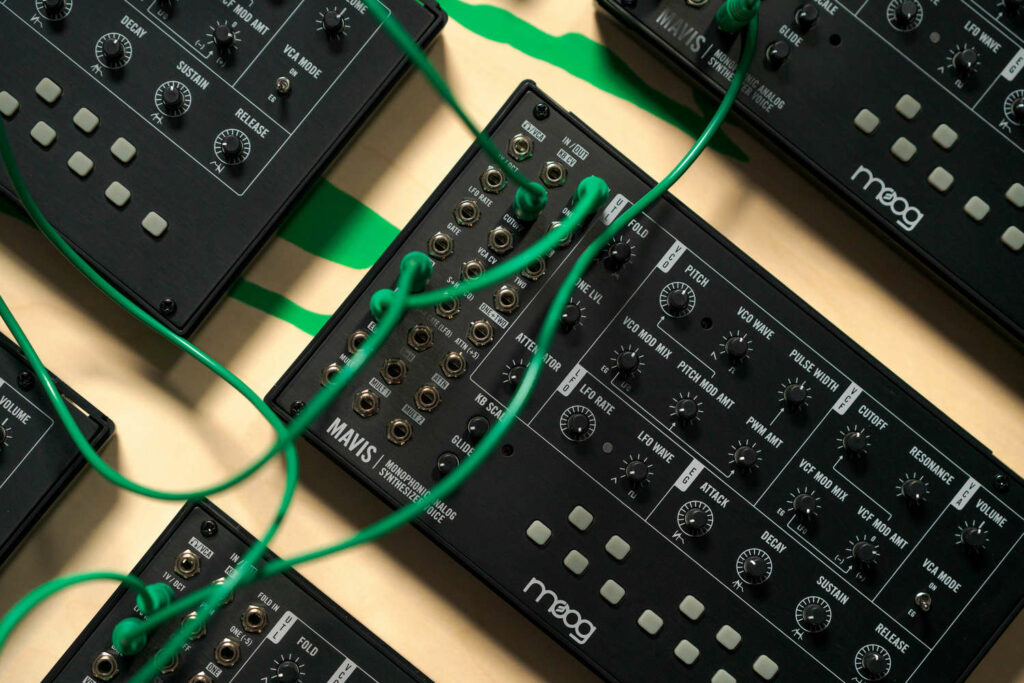
There’s sometimes a stigma that cheap, basic synths like aren’t serious instruments, but playing with the Mavis dispels that myth quickly. The ‘keyboard’ might just be basic little rubber buttons, but the sound is absolutely classic Moog monosynth, with the power to produce gigantic house bass sounds, funky disco leads, dirty techno FX, squealing G-funk melodies and everything in between. Of particular note is the wavefolder section – a first for Moog – which allows you to generate more complex tones by folding the waveform back on itself. It’s more typically associated with the West Coast synthesis approach of brands like Buchla, but it works really well with the single oscillator of the Mavis, allowing you to get much more out of it than you’d expect from a lone VCO.
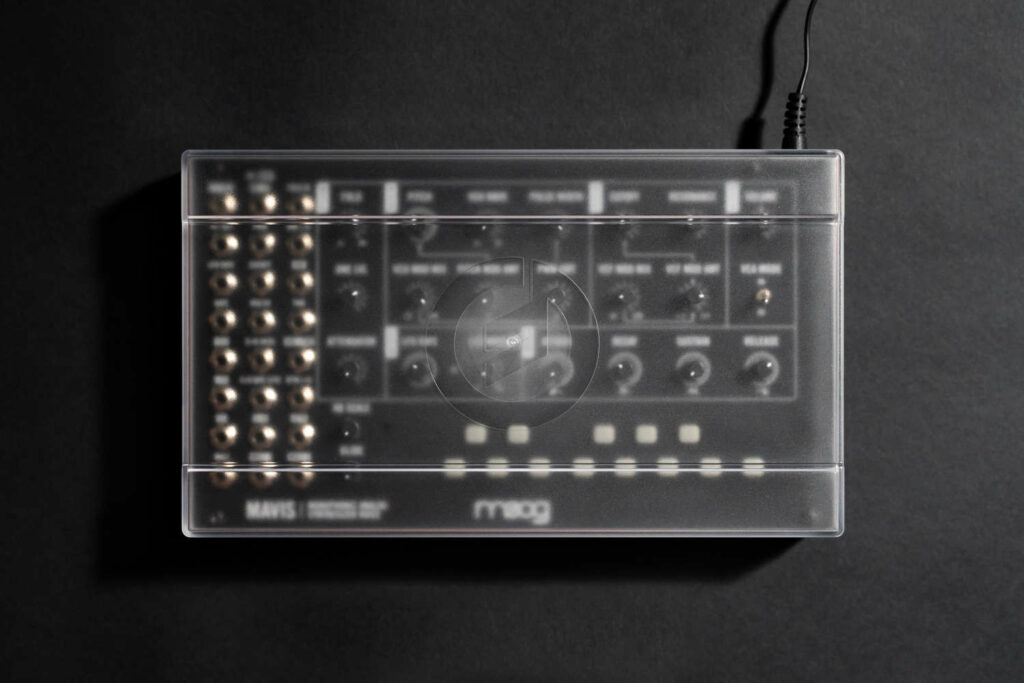
Some might question why the Mavis is significantly more expensive than the similar Werkstatt, but with the synths side by side it’s obvious this is a big step up from the older model, not just in features but in feel and design. There are obvious advantages like that unique wavefolder, but importantly, the Mavis feels much more like it’s been designed from the ground up as a serious patchable synth. The patch points themselves are far better implemented than the Werkstatt’s CV expander, and everything is designed to play nicely with the popular Eurorack format of modular synths. By removing the Mavis from its case, you can fit it to any Eurorack case, allowing it to become part of a bigger modular setup.
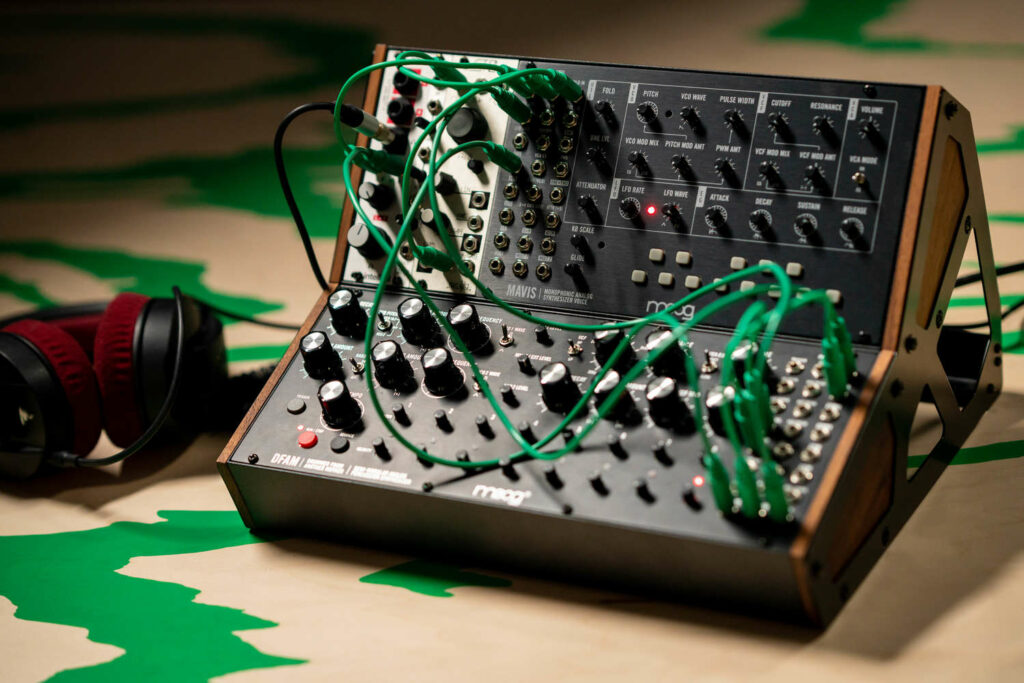
On the Eurorack point, it’s worth considering who’s likely to buy the Mavis. If you’ve already got a modular setup, the Mavis is likely to seem a bit basic. We think that’s probably a deliberate move on Moog’s part; rather than being directly aimed at experienced Eurorack users like the brand’s more advanced synths, the Mavis is aimed at people who might want to progress to Eurorack in future or are just getting started. It would make a great option if you’re setting up your first modular system, but even better to learn your way around the Mavis first, then hook it up to some other modules as your skills progress.
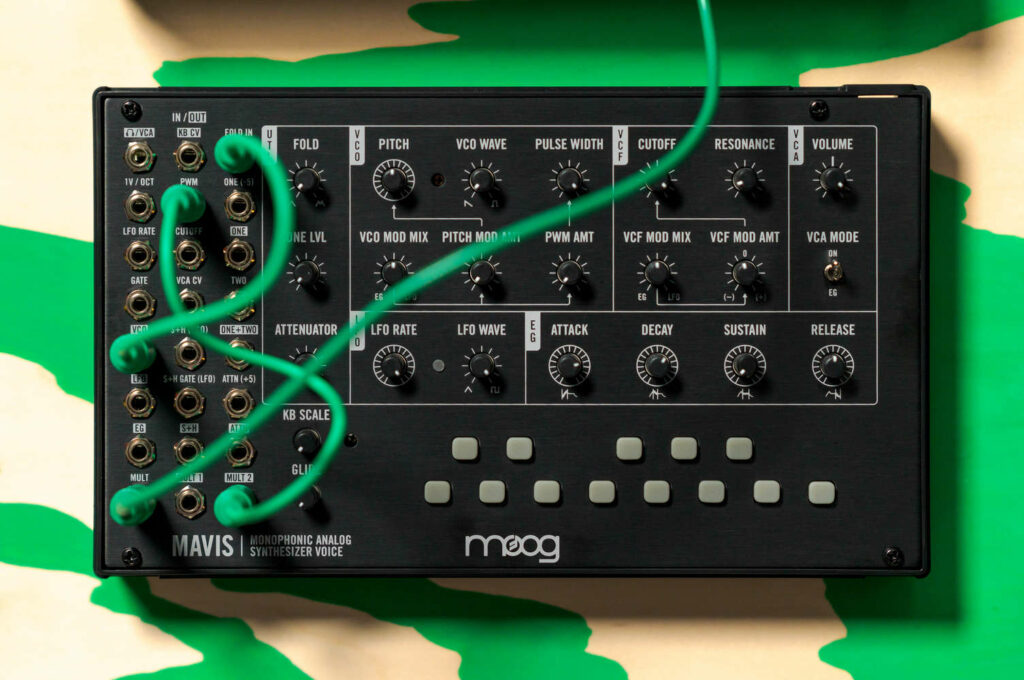
Moog synths aren’t usually cheap, but the Mavis feels like good value at £337.99. Similar synth voices like the Doepfer A-111-5v typically come in around the £300 mark, but you pay a small premium for the added CV patching options of the Mavis and the prestige of having genuine Moog circuits. A noise source would have been nice, and maybe even a sequencer, but you can understand why such features have been omitted to keep costs down. All in all, the Mavis is an excellent introduction to Moog and to analogue synthesis in general. It’s a powerful, compact synth which is fun to build, fun to play and packs a serious sound.
Greg Scarth
More info/buy